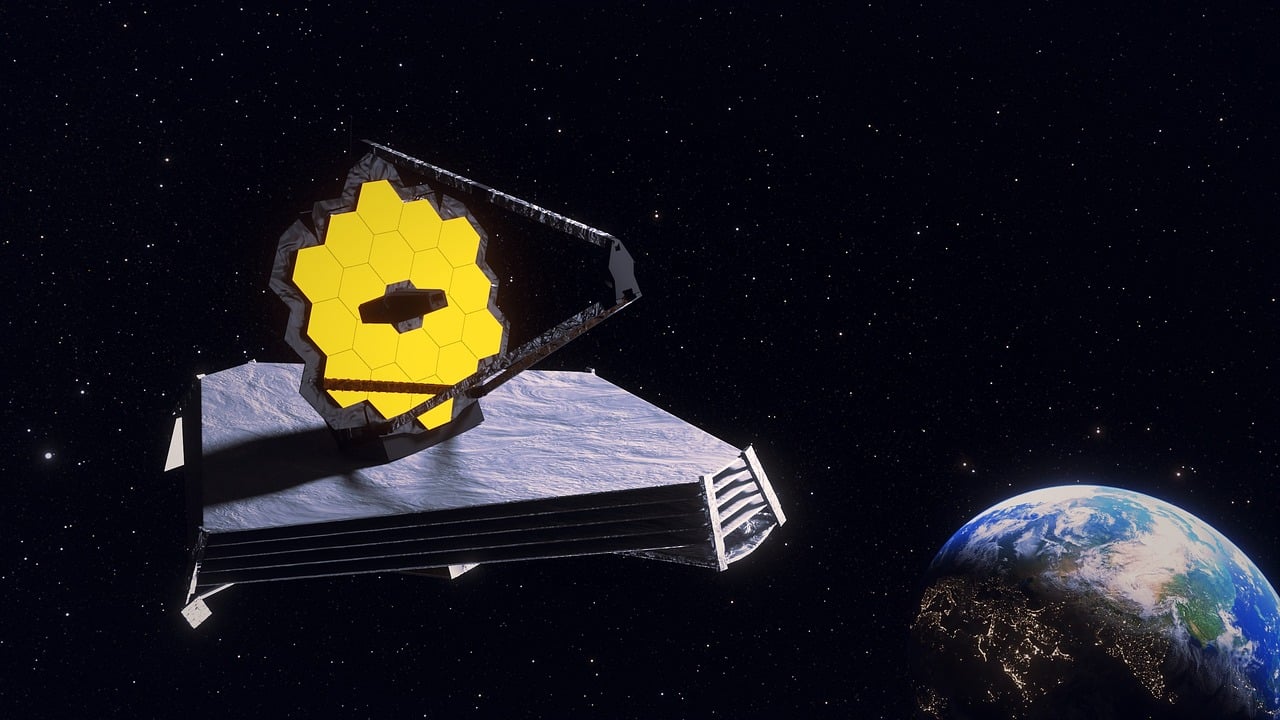
One of the greatest scientific tools of our age, the James Webb Space Telescope (JWST), has made another monumental discovery in the search for alien life. JWST captured an unprecedented look into a solar system with a young, red dwarf star called J160532 at its center.
The new study gained significant insights into the habitability of the planets in the system. This is incredibly important information in the search for alien life because it shakes up the math completely.
The search for aliens is a probability question, at least until astronomers know where to look. Scientists are always trying to guess what the probability of alien life is, judging by the estimated number of habitable planets in the universe.
This is why the look into this red dwarf’s solar system could be very important. If this young red dwarf system can support life, it could apply to similar systems, boosting modern astronomy’s estimate of habitable planets in the universe. This, in turn, raises the likelihood that life exists outside our solar system.
If planets in this system are deemed habitable, they and similar planets will be looked at more closely to directly check for alien life.
What Did JWST Find?
Although the study of J160532 and its planetary system did not definitively show if its planets can support life, it provided important insights into key factors that affect habitability. Specifically, it offered a team of researchers led by Benoit Tabone detailed information about the planet-forming disk surrounding the star.
The team was able to determine that this swirling disk of gas and dust around the star had a strange chemical composition. They found a surprising concentration of carbon and a scarcity of water and oxygen. They also spotted benzene and diacetylene, 2 hydrocarbons which have never been seen in this region of any solar system.
The composition of these disks is important because it can greatly affect the composition of planets that form there. The team hypothesized that the concentration of water and oxygen is so low because they get stuck in ice grains on small rocks further from the star.
This study may suggest that the planets in this system and systems like it have significant amounts of carbon and complex hydrocarbons, both necessary for life (as far as we know).
The scarcity of water and oxygen potentially undermines the habitability of these planets. However, the researchers acknowledged that the complexities and unknown variables in planet-formation prevent anything close to a definitive determination of whether these planets possess sufficient water and oxygen to sustain life.
Related Articles:
Netflix Reportedly Cutting 2023 Spending by $300 Million Amid Slowing Growth
10+ Best Altcoins to Invest in 2023 – Which New Altcoins to Buy?
What's the Best Crypto to Buy Now?
- B2C Listed the Top Rated Cryptocurrencies for 2023
- Get Early Access to Presales & Private Sales
- KYC Verified & Audited, Public Teams
- Most Voted for Tokens on CoinSniper
- Upcoming Listings on Exchanges, NFT Drops